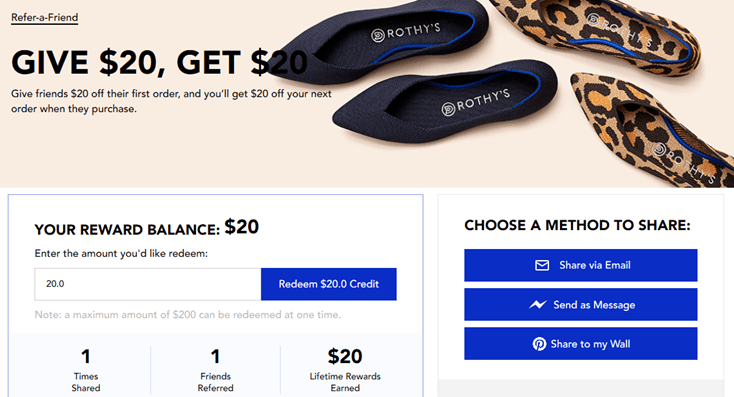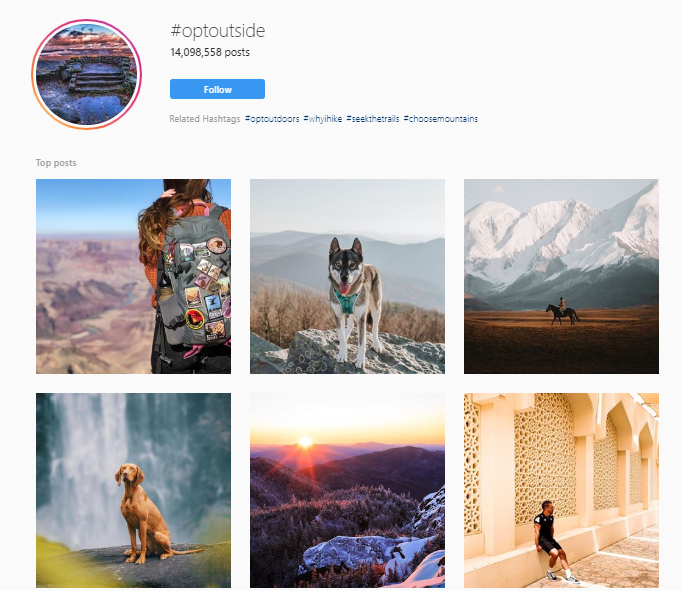
Everything old is new again. You don’t need to look far to see just how true that statement is. At any given time, do a little window shopping at clothing boutiques or browse the websites of fashion retailers and you’re sure to see clothes and accessories that harken back to a different time. Or, take a look at what’s playing at your local movie theater and you are likely to find at least one remake of an old movie now showing on the big screen.
The tendency to borrow from the past isn’t limited to fashion or pop culture. We marketers – and the people we market to – like to get in on the action too. That’s why you may have been hearing more about word of mouth marketing lately. One of marketing’s earliest success story tactics is now back again with a modern twist. Let’s take a look at why and what you need to know to succeed with word of mouth marketing at your organization.
Why Now (Again) for Word of Mouth Marketing?
These stats tell you a lot about why word of mouth marketing has become an important consideration for marketers again:
- 75% of people don’t believe advertisements, but 92% believe brand recommendations from friends
- People are 4x more likely to buy when referred by friends
- 74% of consumers identify word of mouth as a key influencer in their purchasing decisions
While our world once felt large and disconnected, the internet and social media have made it seem small. Not too long ago, word of mouth recommendations came from close friends or immediate neighbors. Now, thanks to everything from Facebook groups to Amazon reviews to social sites like Nextdoor, we can receive recommendations for things to explore and things to avoid from our broader communities and around the globe.
Opinions and reviews are readily available at consumers’ fingertips for B2C and B2B brands alike. For brands to benefit from word of mouth, they must be an active participant in the process.
How Can Brands Succeed with Word of Mouth Marketing?
To be successful with word of mouth marketing, brands must make it part of their overall marketing strategies. While you ultimately can’t control whether customers will share their experiences with your products and services, you can help encourage that sharing and the tone of it. Here are X ways to incorporate word of mouth marketing into your overall marketing strategy:
1. Have a great customer experience. No matter what your company sells or what industry you’re in, a great customer experience is an essential part of word of mouth marketing success. The drive to create and refine an enjoyable and memorable customer experience should precede all other word of mouth marketing efforts. Customer experience is made up of every interaction that a customer has with your organization, and how he or she perceives those interactions. Whether an individual is reading an email from your company, visiting your website, engaging with your brand on social media, speaking to an employee personally, or actually using your product or service, every touchpoint is a part of your brand’s customer experience. If this experience is less than stellar for your customers, you may not be pleased with what they say about your company to others.
2. Encourage testimonials and reviews – and share them. Reviews and testimonials from your customers help future purchasers feel more comfortable doing business with you. It’s social proof that your products or services are as good as you claim they are. Given their importance, be sure to encourage testimonials and reviews from your customers. Reach out and invite them to share their opinions and consider incentivizing them to do so. Gift cards in smaller amounts and contest entries typically work well to spur customers to spend some time writing a review. Once you have those reviews, be sure to share them as part of your word of mouth marketing strategy. Create a dedicated page for them on your website, use them on product or services pages, use snippets of them in email or social campaigns and on landing pages – there is a wide variety of ways to help ensure visibility for this social proof.
3. Establish a referral plan. A thoughtful and systematic referral program can work wonders for your word of mouth marketing. Referral rewards can help nudge happy customers to introduce others to your business while also providing incentive for new customers to make their first purchase. Take Rothy’s as an example. Rothy’s shoes have received tons of buzz for their sustainability (they are made from recycled plastic) and comfort. Curious about them myself, I inquired about their shoes in a Facebook group and in addition to all the positive feedback, I received a referral code from a fellow group member. When I made my purchase using that code, I received a $20 discount and the referrer received a $20 credit. I’ve since become a happy Rothy’s customer myself and have shared my own referral code with others. As you can see from the screenshot below, Rothy’s referral program makes it simple for customers to share their referral link via a variety of channels and to track rewards. A referral program that’s quick and easy for your customers is more likely to help you achieve your word of mouth marketing goals.
4. Utilize user generated content. Did you know that 85 percent of social media users find visual user generated content (UGC) more influential than brand photos or videos? Again, it all comes down to social proof. Seeing how a dress, for example, looks on a real person rather than a model is more authentic, helpful and convincing for purchasing decisions. To take advantage of the benefits of this tactic, create UGC campaigns for customers. One of the easiest and most common ways to do this is creating a hashtag that people can use to share photos of them using your product or service on Instagram. Or, borrow inspiration from a company like outdoor retailer REI and their #OptOutside. They use this campaign to invite their customers to share their experiences in the great outdoors, rather than product shots. It is a shared interest between brand and customer rather than blatant promotion, but it is effective at conveying the company’s mission and aesthetic.
Happy Marketing!









